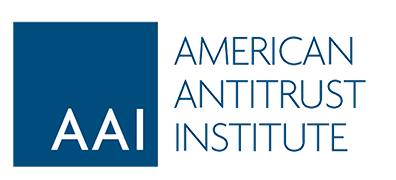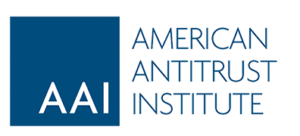On October 20, 2023, AAI moved to file an amicus brief in the District of New Jersey in a class action alleging that Jackson Hewitt and its tax preparation franchises entered into illegal no-poach agreements. While considering arguments on class certification, Judge Michael Farbiarz invited the parties and interested amici to submit briefs on the standard (per se or rule of reason) that should apply to the case. AAI’s brief describes why no-poach agreements involving franchisors and franchisees should be evaluated as per se illegal.
AAI’s brief explains that a no-poach agreement is nothing more than a market allocation agreement involving labor markets and describes three reasons the per se standard should apply. First, AAI notes the importance of the per se standard in ensuring optimal deterrence for the kind of baldly anticompetitive conduct involved in market allocations. Second, AAI explains that the existence of some vertical relationship between the parties to the agreement, like a franchise agreement, does not convert a per se case into a rule of reason one. Instead, companies can have a vertical relationship in one market and compete in another, and the likely effect of the restraint is what matters for the per se analysis.
Finally, AAI notes that a claim that a restraint is ancillary to a procompetitive agreement is a defense, and that the defendants here do not seem to have made the necessary showings to support it. Defendants bear the burden of showing ancillarity, including three components: (1) that the restraint has a plausible connection to a legal agreement, (2) that the restraint is reasonably necessary to that agreement, and (3) that there are not less restrictive means to achieve the same purpose. Because defendants have stated that they did not enforce the no-poach provision, the restraint cannot be reasonably necessary. Moreover, in labor markets, there are less restrictive means to ensure investment in training and protect trade secrets, making it difficult, if not impossible, to justify a labor market allocation agreement.
Andrew R. Wolf of DannLaw acted as local counsel for AAI in the District of New Jersey.


